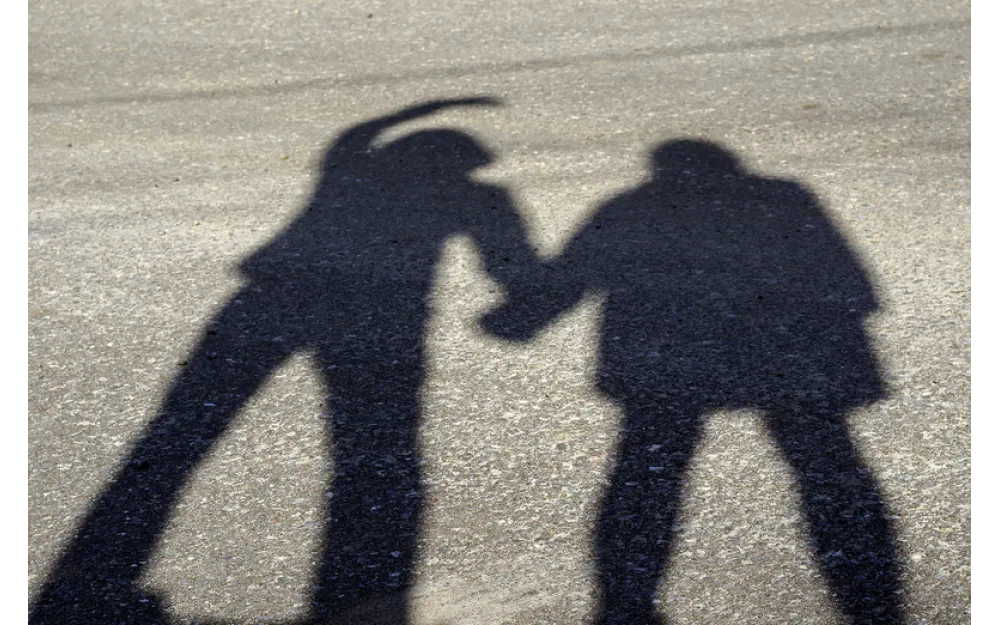
Women’s Aid released their Annual Report at the start of the year, which found that coercive control was the most common form of domestic abuse. Despite this, many people may not know what it is or may not recognise that they are experiencing it.
We have answered some common questions about coercive control to highlight what it is and help people get support.
What is coercive control?
National charity Women’s Aid defines coercive control as, “...an act or a pattern of acts of assault, threats, humiliation and intimidation or other abuse that is used to harm, punish, or frighten their victim.” The aim of this is to isolate the victim from family, friends, and other support networks, making them dependent on the perpetrator. It is all about power and control, with perpetrators using multiple means to achieve this.
My partner is controlling, but they only do it because they love me. Is that right?
The varying forms of coercive control are often passed off as “love”, but this is a ploy to normalise the perpetrator’s behaviour and justify it. For instance, they might choose what you wear on a night out with friends, making you change into an outfit that they approve of. This can make you feel like you are not allowed to express yourself, maybe even to the point that you avoid social situations to avoid discussions about what you wear. Controlling someone and aspects of their life is never ok.
Does my partner have the right to check my phone?
No, the phone belongs to you and is private. Perpetrators often do this to check who you are messaging and what you are saying. As a result, you may not message certain friends or may not reply to messages as you usually would – potentially even drifting away from friends. If you feel like you have to change your behaviour or think carefully about what you do on your phone so as not to upset the perpetrator, it is likely that you are experiencing coercive control.
Is it still a form of domestic abuse, even if there is no physical abuse?
Yes, domestic abuse is not solely about physical abuse and can take many forms. Whilst coercive control can include physical abuse, it is often about the subtle forms of power and control. Those experiencing coercive control may not experience physical abuse, but they may have received physical threats designed to intimidate and make them comply with the perpetrator’s wishes. It is not a requirement that there must be physical abuse for it to be considered to be domestic abuse.
Why don’t they just report it?
Coercive control is a subtle form of abuse and is often a series of things that will gradually chip away at someone’s personality, independence, and emotions. It’s not always easy to recognise straight away and may be excused as the perpetrator “caring” or a survivor may blame themselves for the perpetrator’s actions. They may also feel like nobody will believe them if they were to reach out for support. For these reasons, it’s not as easy as “just reporting.”
Leeway’s support can be accessed by: